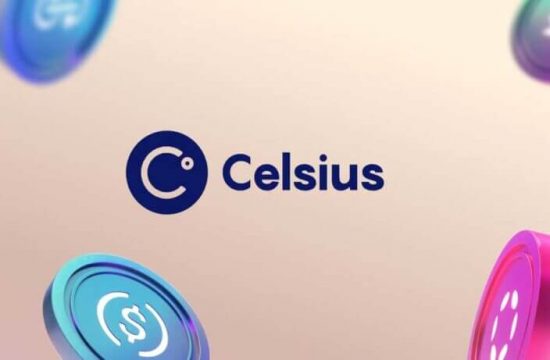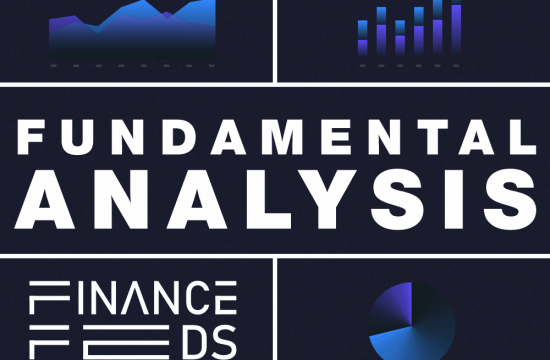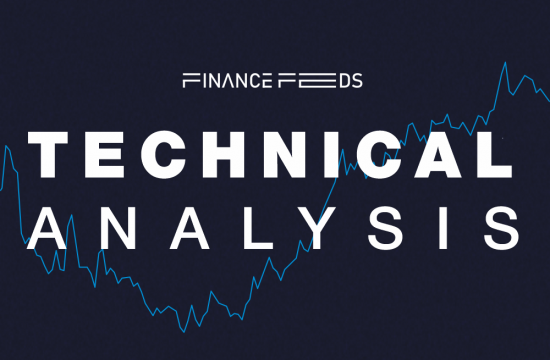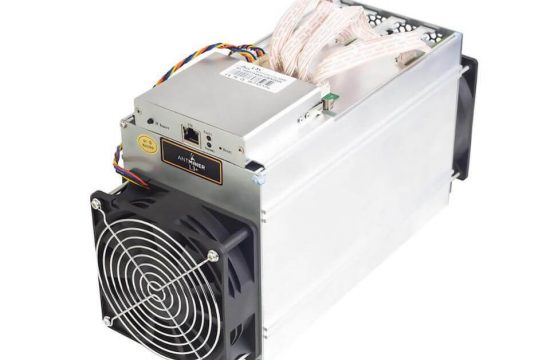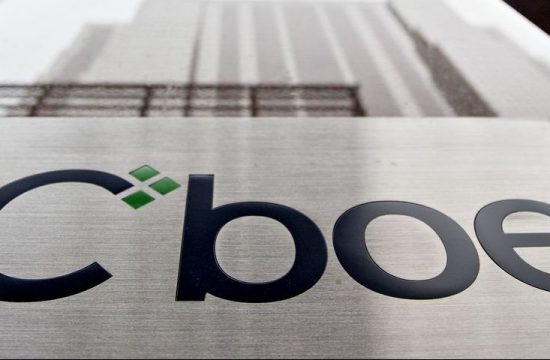Virtual cards have the potential to revolutionize the finance industry by providing faster and more secure payments, wider acceptance, and eco-friendliness.

The finance industry is growing at a rapid pace. As a matter of fact, it is expected to see a CAGR of 6% and grow to $28.3 Trillion by 2025.
Will the road to a higher valuation be paved with virtual cards? Consumer trends and Jeremy Baber, CEO of virtual payment card provider, Lanistar, both seem to believe this will be the case.
Virtual cards are your plastic debit and credit cards gone digital. They live in your phone and save you the hassle of managing an overly stuffed wallet.
While the concept of virtual cards is quite easy to understand, this new technology begs the question – why do people care about it so much? Continue reading to discover more about virtual cards, and what they might mean for the future of the finance industry.
Why Are Virtual Cards Disrupting The Finance Industry?
Virtual cards work similarly to the physical cards that you carry around in your wallets. These come with a variety of benefits and hence, are here to transform the way you transact day to day.
As Jeremy, CEO of the Fintech company Lanistar, accurately states, “Covid-19 and various environmental factors have highlighted the importance of flexibility and showcased the gap that is being filled by ‘tap-and-go’ shopping.”
Virtual cards carry the potential to change the way you spend. Here are three reasons why:
Virtual Cards Make Your Payments Faster
Imagine the pressure of fumbling to find the right card at the cashier while the queue behind is only growing longer and impatient.
We have all been in this situation. But do we need to go through it every time we make a purchase? Not with virtual cards.
Virtual cards make your payments fast as they reside on your phone. According to the eMarketer, a research firm, more than half of smartphone users will prefer to pay using their phones by 2025. As a matter of fact, mobile payments made in-store grew by 29% in the US in 2020. This percentage has only increased since then!
Also, virtual cards help you make payments in just a few taps – one tap, the right card appears; two taps and the transaction is done.
Transacting using virtual cards is not only faster and seamless but also secure and convenient.
The CEO of Lanistar, agrees and states “We believe going Virtual is the right thing to do both for our customers and environment. The biometric security in phones these days is superb so using a digital card versus physical plastic not only makes a customer’s experience fast and slick but also adds that incremental level of security to their transaction.”
Virtual Cards Are Widely Accepted
We know whenever we talk about virtual cards, the first thing that comes to mind is, are these digital cards even accepted anywhere?
You’ll be surprised to know that not just consumers, but even businesses are adopting virtual cards! Over 39% of businesses in the US use virtual cards to make B2B payments. Moreover, online payment vendors like Google Pay and Apple Pay are accepted by vendors from various industries in Brazil.
Well, each virtual card comes with its own reach. However, if we talk about Lanistar, their cards are accepted by over 38 million Mastercard vendors. Also, most card providers have teamed up with Google Pay and Apple Pay to offer a wider range of services to their customers.
Virtual Cards Are Environmentally Friendly
Do you know producing a physical plastic card releases 20mg of carbon dioxide into the atmosphere? With Virtual Cards, you fight the pollution from its root – the production of plastic.
Commenting on Lanistar’s stance on reducing plastic consumption, Jeremy says “We at Lanistar are always trying to change the status quo – plastic cards were a revelation when they came on the scene but culture and mindset have changed. Billions of cards are produced and thrown away each year, although small in comparison to other sectors, we have to do our part.”
How Are Virtual Cards Revolutionizing The Finance Industry?
If you’ve reached this sub-section, you already know virtual cards are quite beneficial.
Virtual cards to the finance industry are what mobile phones were to the telecommunications industry.
In 2022, the virtual card market size was $411 billion. By 2032, this valuation is expected to shoot up to a staggering $1.3 trillion! A sizable portion of the finance industry, indeed!
As stated by a report published by Capita, over 56% of all consumers wanted their bank and housing societies to operate sustainably and ethically. Implying, more and more people are becoming environmentally conscious and that road leads only to one destination: Virtual cards.



